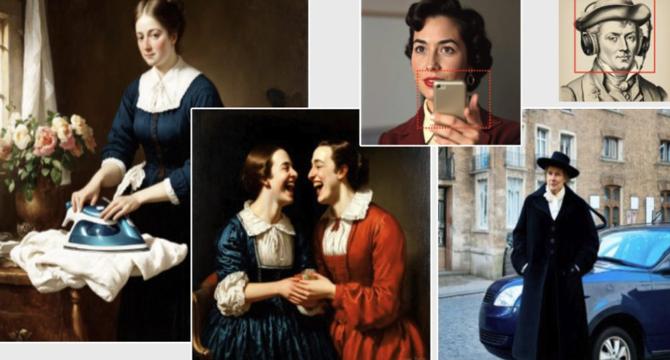Unite
1M
280

Image Credit: Unite
How to Stop AI Depicting iPhones in Bygone Eras
- AI image generators often depict historical scenes inaccurately by incorporating modern elements, like smartphones and laptops, into bygone eras.
- Gemini multimodal AI model faced criticism for generating demographically improbable WWII figures, highlighting challenges in historical context representation.
- Entanglement in AI models leads to inaccuracies, as they associate modern objects with historical contexts due to training data patterns.
- Research from Switzerland shows AI frameworks excel in creating photorealistic historical figures but struggle with contextual accuracy.
- AI models tend to mix timeless activities with modern technology in historical representations, blurring the line between eras.
- Smartphones are particularly challenging to separate from photography contexts in AI-generated historical depictions.
- A new dataset, HistVis, and metrics like Visual Style Dominance and anachronism detection were developed to assess AI-generated historical imagery.
- AI models show stylistic defaults by associating historical periods with specific visual styles, impacting the accuracy of generated images.
- Anachronisms, such as modern technology in historical settings, are common in generated images, with SD3 showing the highest rate.
- AI models often overrepresent gender and race, introducing biases in historical depictions compared to baseline estimates.
- Research suggests that AI models prioritize aesthetic styles over nuanced historical understanding, leading to one-dimensional portrayals of history.
Read Full Article
16 Likes
For uninterrupted reading, download the app